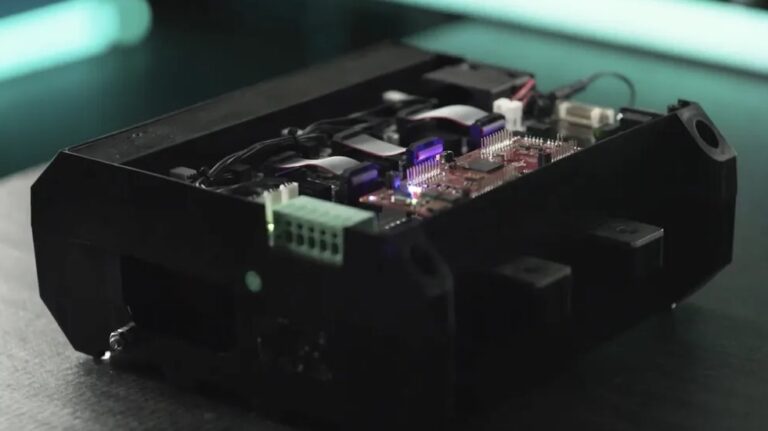Scientists from Australia’s National Science Agency and Google’s Electricity Research and Development division have developed a new ‘smart’ inverter that they say is almost twice as fast and about 50% more efficient than existing commercial inverters.
A team of scientists from the CSIRO and Tapestry, part of Google .
The CSIRO said the new inverter prototype, which is based on embedded intelligence technology used in electric vehicles (EVs) and autonomous drones, features signal detection and signal filtering hardware, as well as grid-forming and microgrid software.
The scientists said this will allow the inverters to communicate with other devices on the grid, such as solar panels, batteries and traditional generators, to more accurately detect voltages and currents and also respond based on that information to keep the grid stable.
CSIRO John Ward, director of Energy Systems Research, said this capability is critical as coal- and gas-fired generators leave the system and more dynamic and unpredictable renewable sources such as solar and wind enter the grid.
“Unlike their less smart predecessors, grid-forming inverters can communicate with the electricity grid,” he says. “They can determine exactly when to increase energy distribution.”
The teams said laboratory testing has shown that their prototype can coordinate with devices across the network to maintain stability, can produce 50% more cost-effectively, and does not compromise on conversion efficiency. The prototype, about the size of a laptop computer, delivers a power of 300 kW, which translates to the capacity of 164 inverters currently available on the market.
Tapestry chief scientist Leo Casey, who designed the smart inverter prototype, attributed the increased capacity to the shift from silicon used in traditional inverters to silicon carbide, a move that could also reduce costs due to its ability to support higher operating temperatures and -withstand voltages better than silicon-based devices.
Popular content
“We have designed an inverter that has approximately 50% higher energy density with approximately 50% faster response time at 99% efficiency, all at approximately half the cost of a traditional commercial inverter,” he said.
The next phase of the project involves exploring options to partner with power distribution companies to deploy the inverters in the field to test how well they function in the real world.
Stephen Craig, leader of the CSIRO Smart Energy mission, said he expects electricity distribution network operators and third-party entities such as virtual power plant operators to be interested in the technology, reasoning that grid-forming inverter technology will be critical to powering the manage energy. renewable energy in a traditional electricity grid to prevent oversupply, respond to demand and eliminate power outages.
“Australia is currently sitting on a goldmine of renewable energy, but much of it is being lost because we are failing to harness this energy effectively,” he said. “In the future, we will need technology that can improve the stability of the electricity grid, improve efficiency, integrate energy storage and enable remote monitoring and control.”
This content is copyrighted and may not be reused. If you would like to collaborate with us and reuse some of our content, please contact: editors@pv-magazine.com.


